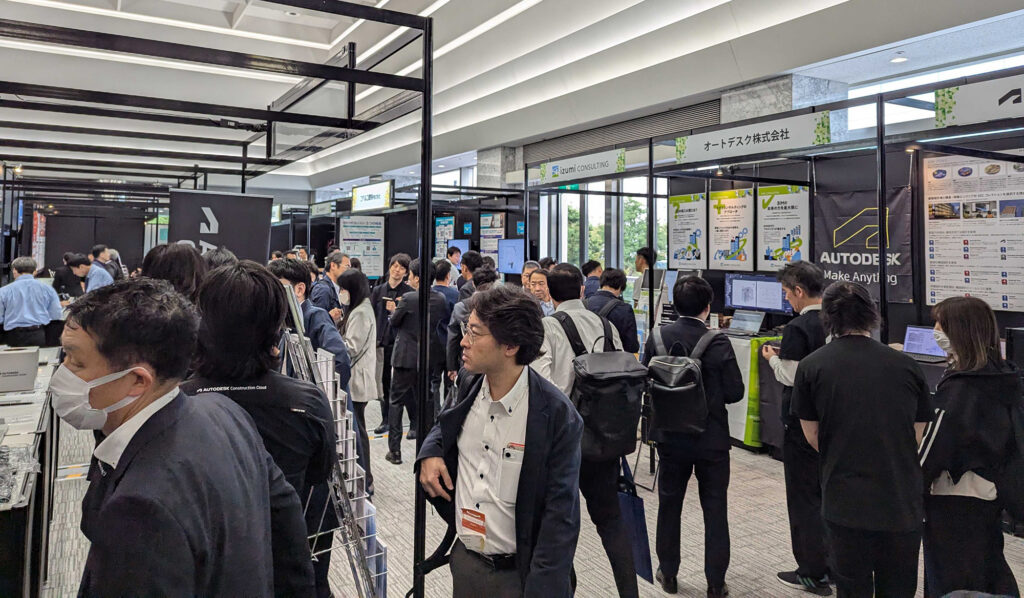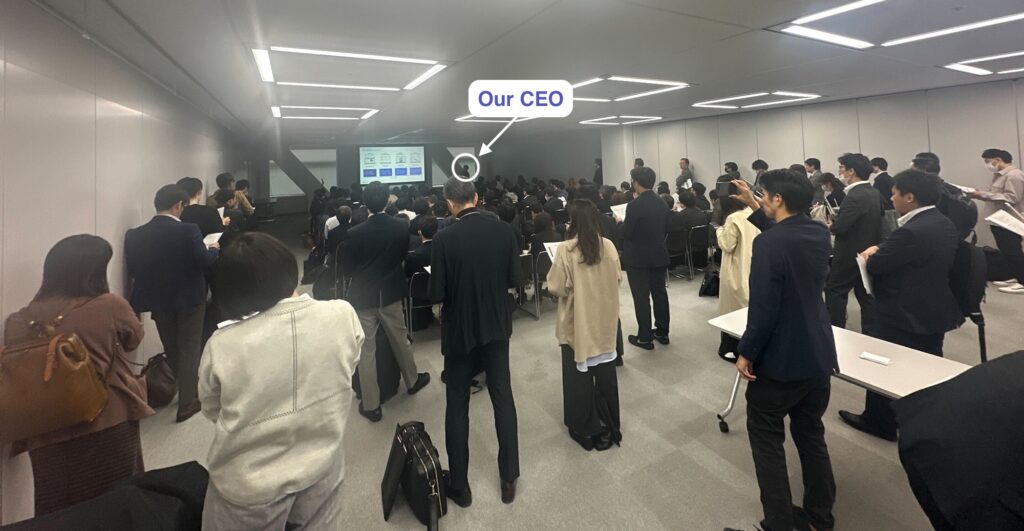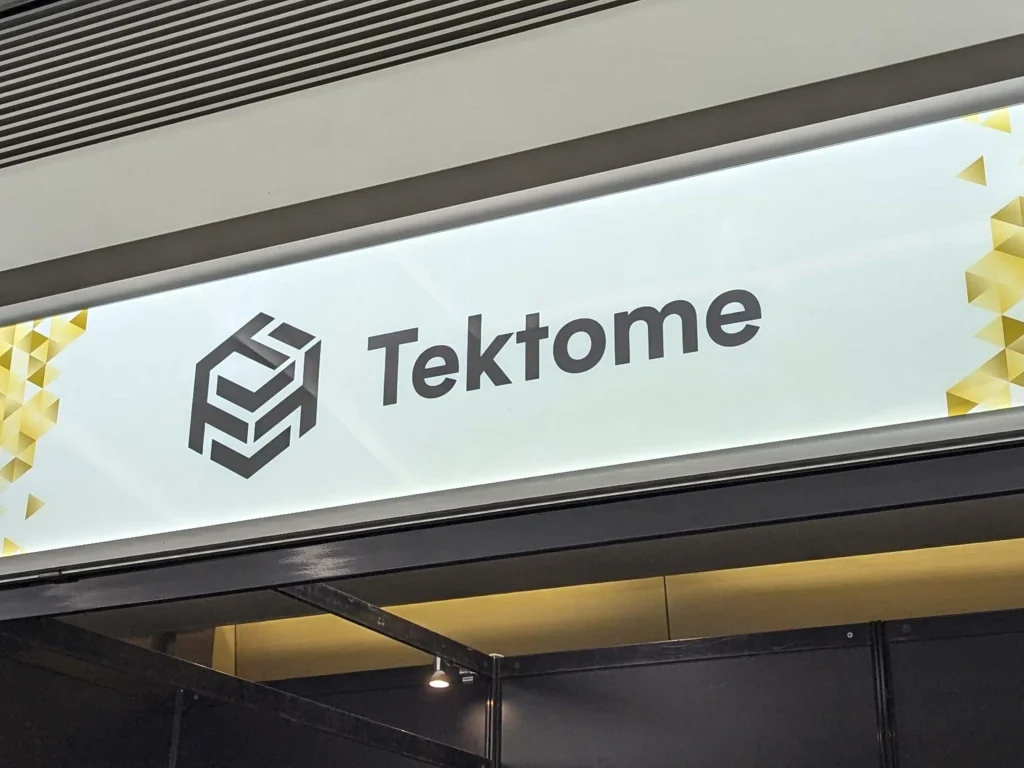
What stood out this year
BIM has moved from “roll‑out” to “real work.” Across booths and sessions, the conversation shifted from “introducing BIM” to using BIM as a data backbone across the full building lifecycle – design, construction, and operations. The emphasis was on shared data environments, interoperability, and connecting models with field reality.
Automation and AI everywhere. Exhibitors highlighted:
- Data handoffs that link design, construction, and O&M through common data environments;
- Reality capture (site measurement, point‑cloud scanning) to close the gap between model and site;
- Generative AI for process automation and design assistance; and
- Expansion into adjacent domains such as environmental design and simulation.
The friction is real – and universal. Japan’s market is pushing forward, while confronting familiar hurdles: implementation cost, talent development, and the rules for sharing and governing data. This balance between enthusiasm and caution is exactly what the event’s theme signaled.

What Tektome showed
We focused on putting architects in control of AI – using natural language (no programming) to build the very automations they need. At our booth we demonstrated the Tektome Platform, built around three specialised tools that can be used standalone or in combination:
- KnowledgeBuilder – Parses drawings, reports, and redline notes with AI to structure your knowledge base for organization‑wide reuse.
- ReqManager – Extracts and organizes requirements from reference materials by project, bringing together codes, standards, and client asks into one place.
- And a completely new product developed by us that automatically checks design data to flag omissions and inconsistencies early, supporting quality and compliance.
A key benefit, especially in markets with diverse project types, is the ability for design teams to compose their own apps and checks with natural language, keeping enterprise‑wide costs in check while delivering value at the task or team level. When connected, all Tektome products create a seamless path from knowledge capture to requirements management to automated checking.
Live demo highlight: AI × BIM conformance checking
In our technical forum session “AI × BIM: automatic requirement structuring and conformance checks”, our CEO Naoki demoed how requirements organized in ReqManager flow into other solutions that then evaluates drawings/models for consistency and regulatory alignment. The audience’s strongest interest centered on automating code/requirement organization and drawing checks – both for efficiency and quality assurance.

The mood in Japan’s AEC market and why it matters globally
- Pragmatic adoption. Firms are expanding BIM from pilots to day‑to‑day collaboration while demanding concrete ROI from AI/automation.
- Shared challenges. Teams cite limited DX scope, knowledge transfer, requirements management, and drawing checks as ongoing pain points – issues that mirror what we hear worldwide.
- Design‑centric AI. Interest is highest where AI is embedded in design decisions (requirements, code checks, quality reviews) rather than detached from practice.
Takeaways for global AEC leaders
- Treat BIM as a data platform, not just a tool. Invest in the handoffs – CDEs, standards, and reality capture – that make models actionable across the lifecycle.
- Aim for “no‑code” AI the team can own. Let designers express checks and automations in natural language so adoption scales from the bottom up.
- Start where quality and risk live. Requirement structuring and automated checking consistently draw the highest engagement because they hit schedule, compliance, and QA simultaneously.
Thank you to everyone who visited our booth and attended the session. If you’d like to see our Tektome workflow in action, we’re happy to arrange a demo for your team.


